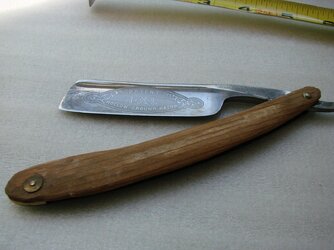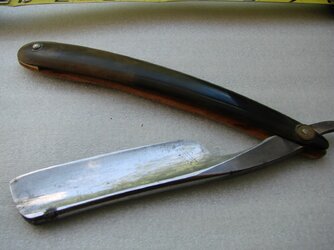So this vintage GW arrived for me today. It has a spot of rust on the spine just above the toe.
What would you recommend to remove that? I am thinking of sitting it in vinegar just deep enough and then steel wool and or wet and dry. Either way the etching is very nice and I want to preserve that as best as I can.
What would you recommend to remove that? I am thinking of sitting it in vinegar just deep enough and then steel wool and or wet and dry. Either way the etching is very nice and I want to preserve that as best as I can.




